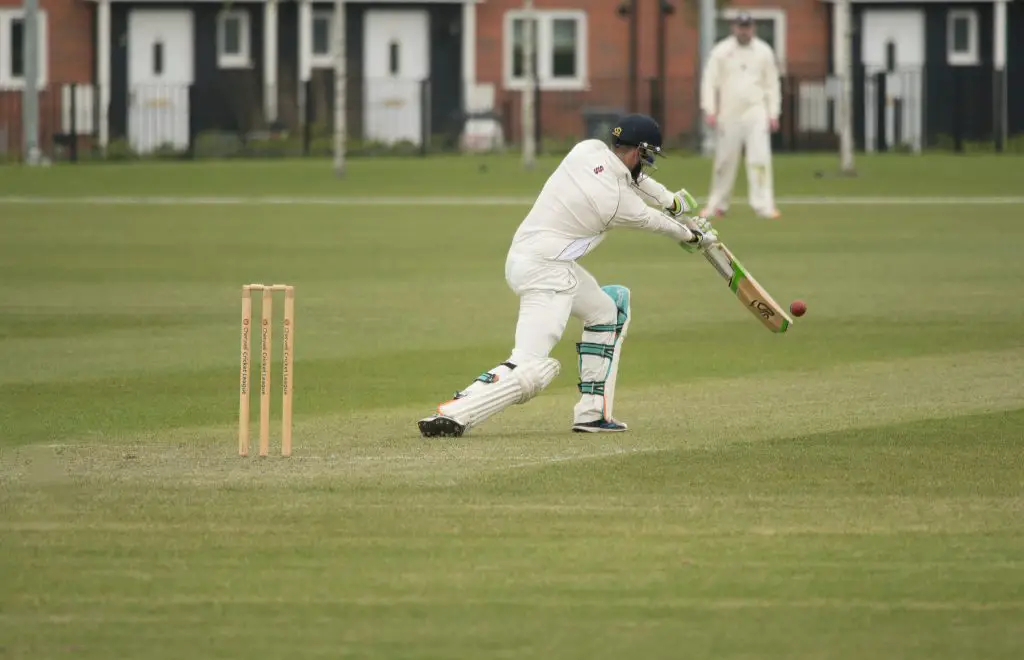Why is 111 called Nelson in cricket? And why it’s wrong!
Cricket is a game that is steeped in history. The game originated as a children’s pastime during the late medieval period in Southeast England.
The name cricket was first used during the Tudor era, and boys were playing it in Surrey around 1550.
It became an international sport in 1844, and the first international match took place between the United States and Canada. These countries are now no longer really associated with cricket.
In 1862, an English team made the first tour of Australia. It took months because of the time taken to sail halfway around the world.
With all of this history, it seems evident that a certain degree of superstition has been built up around the game.
One particular superstition is very prominent in the English game, and it revolves around Nelson.
The score 111 is called Nelson. Why is that the case?

The score 111 is nicknamed after the war hero Vice-Admiral Horatio Nelson, most famous for his victory and death at the Battle of Trafalgar.
Nelson was a lifetime warrior, and by the time of his death, he had suffered numerous injuries. By the end of his life, it was said he had “one eye, one arm, and one leg.” 111 – Nelson.
Of course, this phrase is utterly wrong.
There is one part that is correct. Nelson did only have one arm. He had one arm removed after being hit by a musket ball during his doomed assault on Tenerife in 1797.
However, he never actually lost one eye – his sight had gone, but the eye was still in place. He certainly never lost a leg. So how the legend of “One eye, one arm and one leg” came into a common phrase is a mystery.
There are some variations of this theme.
In the famous film “Goodbye Mister Chips”, a schoolboy refers to Nelson in cricket as “One arm, one eye, one destiny.”
Test Match Special’s Statistician and cricket historian Bill “Bearders” Frindall once referred to it on the internet as “one eye, one arm, and one etcetera,” implying that Nelson’s alleged third missing body…”
Another possible origin comes from New Zealand. Nelson was a team that played first-class cricket in New Zealand from 1874 to 1891. They were dismissed for 111 in both their first and last first-class innings.
In the English game, this score is considered unlucky. Batters fear being on the score, possibly because it resembles a set of stumps without bails and could mean that the fall of a wicket was imminent.
Former English umpire David Shepherd attempted to beat off the supposed bad luck surrounding the cricket ground by hopping from one leg to the other, so he wasn’t standing on both. He would only stop doing this once the score had moved on from 111. This would often cause great delight in the watching crowds at test matches.
On November 11, 2011, at 11:11 a.m., South Africa needed 111 more runs to win a Test match against Australia. Shepherd’s act was recreated for that minute by umpire Ian Gould.
Multiples of the number 111 are also considered unlucky.
222 is referred to as Double Nelson, and 333 is called a Triple Nelson.
Graham Gooch made his highest test match score against India at Lords in 1990. He made a Triple Nelson of 333 before being bowled. (Would he have taken the “unlucky” 333 at the start of the innings? – almost certainly.)

As you can see, the wicket in cricket looks like the number 111 without the bails, meaning the batter is out.
The Devil’s Number 87 in Australia
111 or Nelson is considered particularly unlucky in England. However, in Australia, the number 87 is regarded as unlucky. They refer to the number as the devil’s number.
The origins of this aren’t particularly well-known. It could be the fact that 87 is 13 runs short of a century.
But it could be when Don Bradman was bowled by on 87 by Harry Alexander after the ball hit his neck. A young boy called Keith Miller was watching the match in 1929 and couldn’t believe his hero was out in such an unfortunate manner. He then told the tale to another cricketer called Ian Johnson, who also got dismissed on 87. Somehow, the myth may have grown from that.
Individual’s superstitions
Steve Waugh would keep a red rag in his pocket. It began after he used it to wipe sweat from his brow during a game against England in 1993. He scored 157 not out and so considered his rag “lucky.”
Sanath Jayasuriya would touch each piece of his batting equipment before facing each ball.
Steve Smith would never eat duck before a match. A duck is another name for scoring zero at cricket. However, he happened to eat it before the test match at Lords in 2015 and scored his then career-best of 215 not out.
Another common superstition is that if everything is going well for the batting team, no one in the team dressing room moves from their current position! Tricky if you need the toilet.






